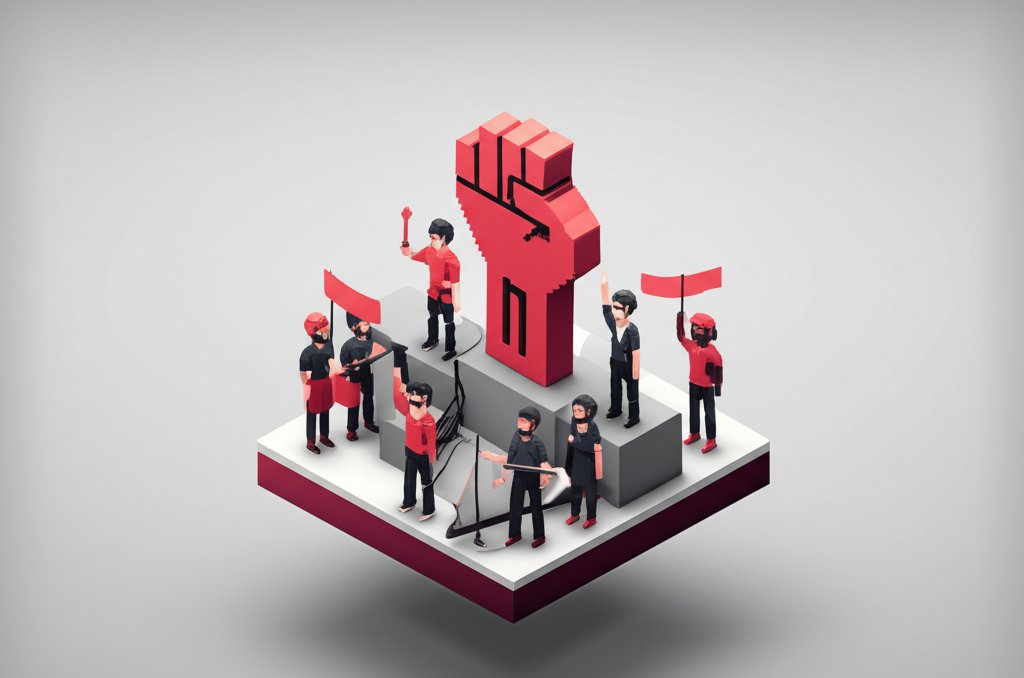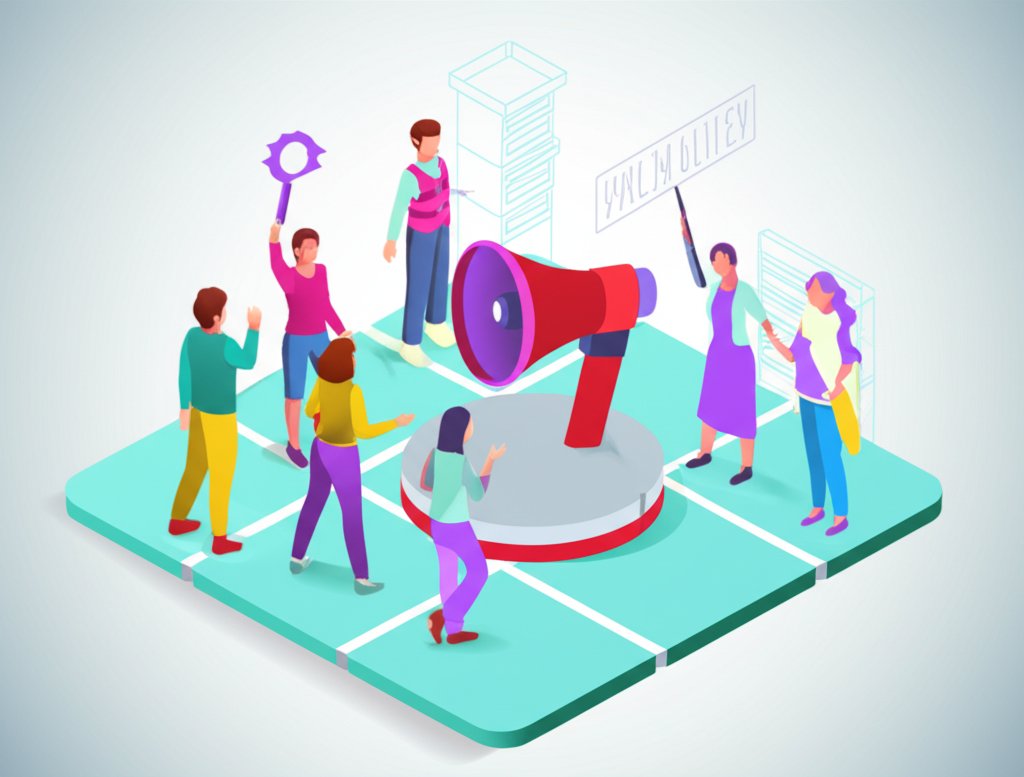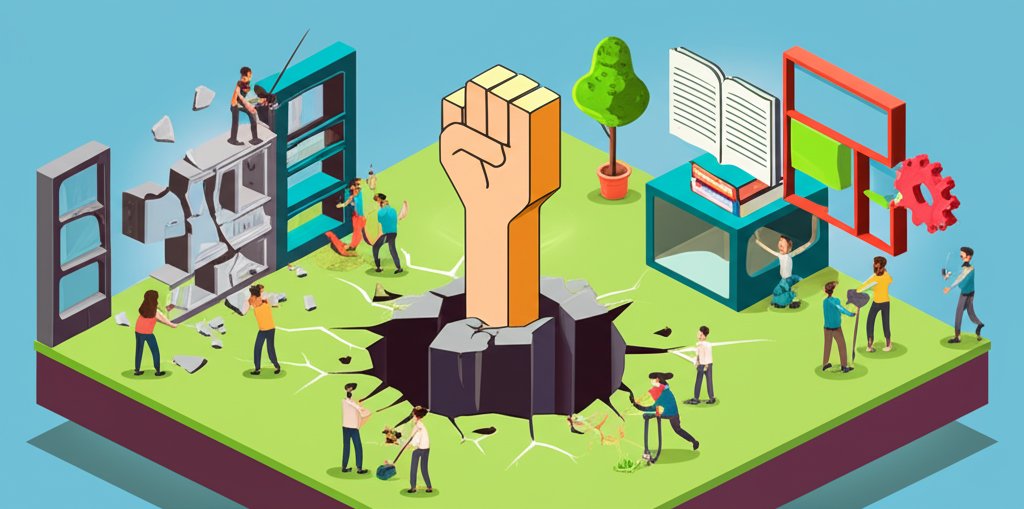From the streets of Birmingham to the digital town squares of today, the voice of youth has consistently been a formidable force for justice, equality, and progress. Throughout history, young revolutionaries have stepped forward, often against immense odds, to challenge the status quo and ignite profound social change. Their audacity, clear-eyed vision, and unwavering determination prove that age is merely a number when passion for a better world takes hold. This article delves into the transformative power of youth activism, exploring its historical roots, contemporary manifestations, and enduring impact on shaping our collective future.
We will uncover the motivations that drive these incredible young activists, examine the diverse strategies they employ, and celebrate their triumphs, demonstrating why the energy of young people is indispensable in the pursuit of a more equitable and sustainable society.
The Undeniable Force of Young Revolutionaries
The term “young revolutionaries” conjures images of courage, idealism, and a resolute refusal to accept injustice. These are the individuals who, despite their age, possess the foresight to envision a different world and the bravery to fight for it. Their contributions are not sideline notes in history but central chapters that have redefined nations and reshaped global consciousness. Historically, young people have often been at the vanguard of movements precisely because they are less entrenched in existing systems and more open to radical ideas for a better future.
Defining Youth Power: Beyond Age, Towards Impact
Youth power isn’t just about being young; it’s about the unique perspective, boundless energy, and unyielding conviction that youth often brings to the table. It’s the audacity to question, the resilience to persist, and the collective strength to mobilize. This power manifests in various forms, from organized protests and digital campaigns to artistic expression and community building, all aimed at fostering meaningful social change.
Why Young People Lead the Charge for Social Change
Several factors make young people potent agents of change:
A Legacy of Courage: Youth Activism in Key Historical Movements
History is replete with examples of youth activism leading monumental shifts. These young activists have played critical roles, often risking their lives and futures, to dismantle oppressive systems and champion fundamental rights.
The Spearhead of the Civil Rights Movement
The Civil Rights Movement stands as a powerful testament to the impact of young people. While adult leaders provided guidance, it was the unwavering courage of young students and children that often broke through deeply entrenched segregation.
Ruby Bridges: A Six-Year-Old Pioneer
In 1960, six-year-old Ruby Bridges faced a screaming mob as she became the first African American child to integrate William Frantz Elementary School in New Orleans. Her solitary act of bravery, day after day, symbolized the non-violent resistance at the heart of the movement and exposed the cruel absurdity of racial prejudice.
The Greensboro Sit-Ins: College Students Demand Equality
In 1960, four African American college students—Joseph McNeil, Franklin McCain, Ezell Blair Jr., and David Richmond—sat down at a segregated Woolworth’s lunch counter in Greensboro, North Carolina. Their simple act sparked a wave of sit-ins across the South, mobilizing thousands of young people and directly challenging segregation policies, demonstrating the power of grassroots organizing.
Freedom Riders and SNCC: Youth on the Frontlines
The Student Nonviolent Coordinating Committee (SNCC), largely comprised of young college students, became a driving force in the movement. They organized Freedom Rides, voter registration drives, and direct action protests, facing brutal violence with unwavering commitment. Figures like John Lewis, Diane Nash, and Bob Moses, all young at the time, emerged as pivotal leaders, illustrating how young revolutionaries often find their voice in the crucible of struggle.
Anti-War Protests: Challenging Government with Youthful Dissent
The Vietnam War era witnessed an explosion of youth activism as young people, many facing conscription, protested against military intervention. Their demonstrations, often on university campuses, grew into a national movement that profoundly influenced public opinion and policymaking. From teach-ins to massive marches on Washington, young activists questioned authority and demanded accountability, proving their capacity to shape national discourse.
Global Anti-Apartheid Movement: Youth Standing for Justice
Across the world, young people played a crucial role in the global movement against apartheid in South Africa. Student groups on campuses worldwide boycotted companies doing business with the apartheid regime and organized demonstrations, contributing to the international pressure that ultimately led to the dismantling of the racist system. This demonstrates how youth power can extend beyond national borders.
Modern Waves of Social Change: The New Face of Young Activists
Today, youth activism continues to evolve, leveraging new tools and platforms to address a pressing array of global challenges. Contemporary young activists are not just adapting; they are innovating, creating new models for organizing and advocacy.
Climate Action: Greta Thunberg and the Fridays for Future Movement
Few figures encapsulate modern youth activism like Greta Thunberg. Her solitary school strike for climate in 2018 quickly blossomed into the global “Fridays for Future” movement, mobilizing millions of young people worldwide. Thunberg and countless other young activists have put the climate crisis at the forefront of the global agenda, demanding urgent action from world leaders and demonstrating the moral authority and persuasive power of youthful voices.
Black Lives Matter: Amplifying Voices Against Injustice
While co-founded by Alicia Garza, Patrisse Cullors, and Opal Tometi (who were young adults when they started it), the Black Lives Matter movement has been significantly amplified and sustained by a new generation of young activists. They have utilized social media, digital organizing, and grassroots protests to raise awareness about systemic racism and police brutality, sparking profound conversations and pushing for policy reforms across the globe. Their engagement highlights the critical role of youth in ongoing struggles for racial justice, echoing the spirit of the Civil Rights Movement.
Gun Violence Prevention: The Parkland Students
Following the tragic shooting at Marjory Stoneman Douglas High School in 2018, students like David Hogg, Emma González, and Jaclyn Corin transformed their grief into a powerful movement for gun violence prevention. Their “March for Our Lives” attracted hundreds of thousands, demonstrating a remarkable ability to organize, articulate their demands, and challenge powerful lobbies. These young activists reshaped the national conversation on gun control and inspired a new generation of civic engagement.
Indigenous Rights and Environmental Protection: Diverse Youth Voices
From Autumn Peltier advocating for clean water in Indigenous communities to Xiuhtezcatl Martinez campaigning for environmental justice, young revolutionaries from diverse backgrounds are leading movements for human rights, environmental protection, and cultural preservation. They often intertwine these issues, recognizing the interconnectedness of social and environmental justice.
The Driving Force: Motivations, Methods, and Impact of Youth Power

Understanding the engine behind youth activism is key to appreciating its transformative potential. It’s a blend of passionate conviction and strategic action that drives the pursuit of social change.
Core Motivations: Why Young People Rise Up
- Moral Outrage: A deep-seated sense of injustice regarding inequality, environmental degradation, or human rights violations.
- Personal Experience: Direct encounters with systemic issues like racism, discrimination, or violence.
- Hope for a Better Future: A belief that a better world is possible and a commitment to building it.
- Intergenerational Responsibility: A feeling of obligation to address current problems for future generations.
- Peer Influence and Community: The power of collective identity and shared purpose with peers.
Diverse Methods: How Young Activists Spark Change
Modern young activists employ a multifaceted approach, blending traditional and innovative methods:
Grassroots Organizing and Community Building
From door-to-door canvassing to local meetings, building strong community ties remains fundamental. Young activists understand that lasting change begins at the local level.
Digital Activism and Social Media
Platforms like Twitter, Instagram, TikTok, and Facebook are crucial for rapid information dissemination, mobilization, and shaping public narratives. Hashtag campaigns, viral content, and online petitions amplify messages globally.
Direct Action and Peaceful Protest
Marches, rallies, sit-ins, and boycotts remain powerful tools for attracting media attention and exerting pressure on decision-makers. The non-violent principles often seen in the Civil Rights Movement continue to inspire contemporary actions.
Art, Music, and Creative Expression
Creativity serves as a potent vehicle for conveying messages, inspiring empathy, and building solidarity. Songs, poems, street art, and digital media can bypass traditional barriers and reach wider audiences.
Policy Advocacy and Political Engagement
Many young activists engage directly with political processes, lobbying elected officials, testifying at hearings, and even running for office themselves to enact legislative social change.
Lasting Impact: The Ripples of Youth-Led Movements
The impact of youth activism extends far beyond immediate policy changes. It fosters greater civic engagement, shifts public consciousness, and cultivates future generations of leaders.
Challenges and Triumphs: The Road Ahead for Young Change-Makers
The path of young revolutionaries is rarely easy. They face unique challenges but also celebrate significant triumphs, demonstrating remarkable resilience.
Obstacles Faced by Young Activists
- Ageism and Dismissal: Often underestimated or dismissed due to their age, facing skepticism about their understanding or capabilities.
- Lack of Resources: Limited access to funding, established organizational structures, or mentorship.
- Burnout and Mental Health: The emotional toll of sustained activism, especially when dealing with traumatic issues.
- Safety and Security Risks: Facing online harassment, physical threats, or legal repercussions, particularly in authoritarian contexts.
- Tokenism: Being used for optics without genuine inclusion in decision-making processes.
Celebrating the Triumphs and Resilience
Despite these hurdles, young activists continually achieve remarkable successes:
The spirit of young revolutionaries is not just about protesting; it’s about building, learning, and persistently advocating for a better future that benefits everyone. Their struggles and victories remind us that hope is an active pursuit, and the youngest among us are often its most fervent champions.
Conclusion: The Enduring Power of Youth for a Better World

The narrative of young revolutionaries is an ongoing story, one that continues to unfold across continents and generations. From the pivotal moments of the Civil Rights Movement to the urgent calls for climate action today, youth activism has consistently proven to be an indispensable catalyst for social change.
These young activists remind us that the future is not a given; it is built through collective effort, fueled by passion, and driven by an unwavering belief in justice. Their courage inspires us, their innovative methods engage us, and their persistent demands for a more equitable world challenge us all to participate. To truly progress, we must listen to, support, and empower the youth power that is actively shaping a more just, sustainable, and inclusive future for all.
FAQ: Understanding the Impact of Youth Power
Q1: What defines a “young revolutionary” in the context of social change?
A “young revolutionary” refers to an individual, typically in their youth (childhood, adolescence, or young adulthood), who actively participates in or leads movements that fundamentally challenge existing social, political, or economic structures to bring about significant positive change. They are driven by ideals, a strong sense of justice, and a willingness to defy convention to achieve their goals, often against considerable opposition.
Q2: How has youth activism evolved with modern technology?
Modern technology, particularly social media, has revolutionized youth activism by enabling rapid mobilization, global communication, and the widespread dissemination of information and perspectives. Young activists use platforms like Twitter, Instagram, and TikTok to organize protests, share personal stories, create viral campaigns, and exert pressure on institutions. This digital fluency allows for swift responses to current events and the formation of broader, more inclusive movements.
Q3: What were some key contributions of young activists to the Civil Rights Movement?
Young activists were central to the Civil Rights Movement. Their contributions included:
Their courage and willingness to face violence were crucial in exposing injustice and pushing for legislative change.
Q4: What are the biggest challenges young activists face today, and how do they overcome them?
Today’s young activists face challenges such as ageism, limited resources, mental health burnout, and digital harassment or threats. They overcome these by:
Q5: How can individuals support and empower young people striving for social change?
To support young activists, individuals can:










